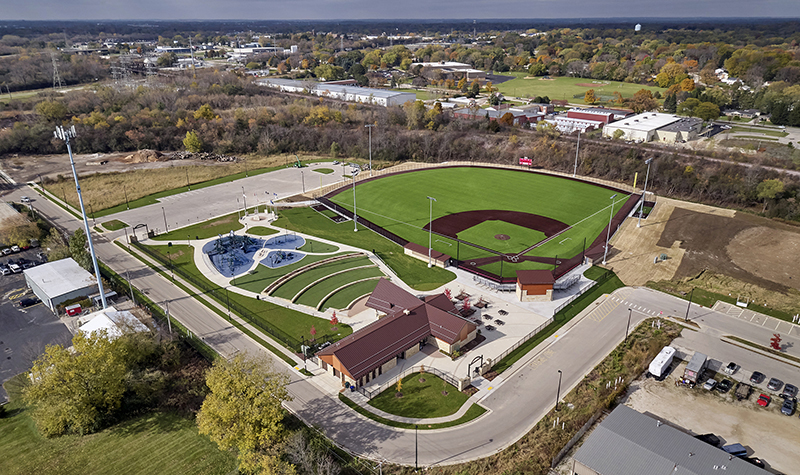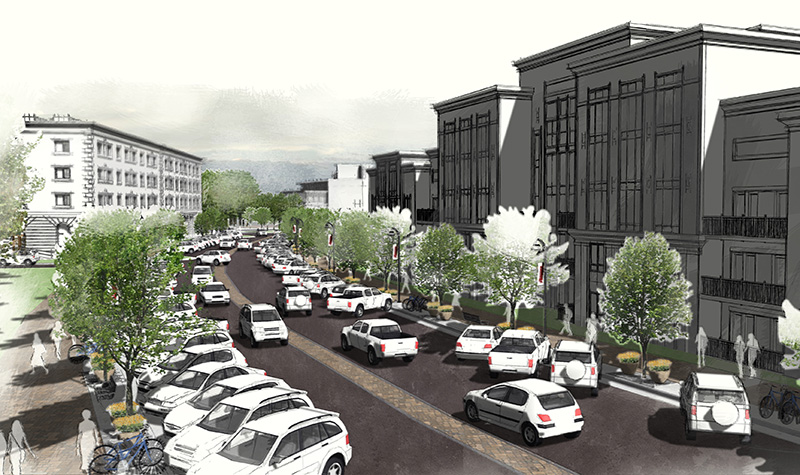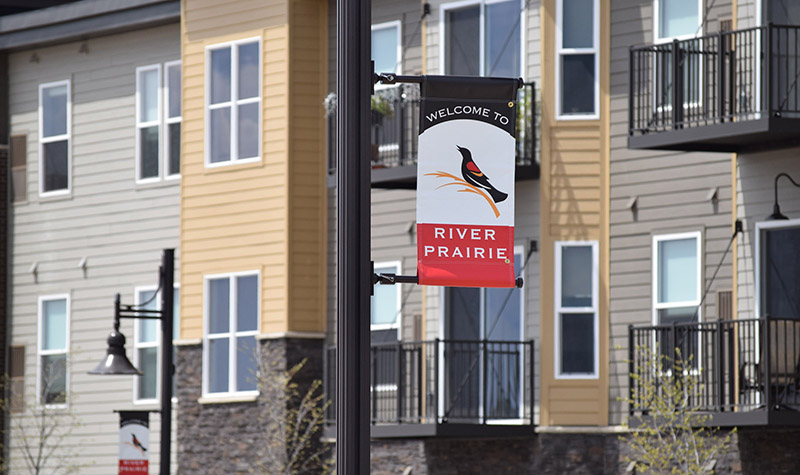Strategic Planning for Investments in Outdoor Recreation and Infrastructure
Communities seeking to grow in their economic resilience may be tempted to put the cart before the horse. Local leaders and stakeholders must be mindful not to launch new projects and/or programs before doing the self-examination and strategic planning necessary to promote success.
Examples where an introspective and strategic planning approach can lead to improved economic resilience include (1) addressing increased community demand for outdoor recreation opportunities and (2) considering future investment in a community’s infrastructure in the face of widespread changing environmental factors.
Thoughtful Outdoor Recreation Planning Through CORPs
A quality parks and recreation system is key to creating a great place to live, and increased demand for parks, trails, and other outdoor spaces is requiring many communities to prioritize outdoor recreation improvements. Comprehensive Outdoor Recreation Plans (CORPs) are an important tool for facilitating that prioritization, as well as for helping communities compete for state and federal funding to support park projects.
 A CORP’s complexity will vary depending on a municipality’s size and population density, but every plan must include some basic elements, which are specified in a community’s applicable Statewide Comprehensive Outdoor Recreation Plan (SCORP). Some typical CORP elements include:
A CORP’s complexity will vary depending on a municipality’s size and population density, but every plan must include some basic elements, which are specified in a community’s applicable Statewide Comprehensive Outdoor Recreation Plan (SCORP). Some typical CORP elements include:
- A community’s goals and objectives for the plan and the guiding philosophy of its parks and recreation program.
- A description of the community’s process for developing the CORP.
- A summary of any past CORPs.
- A description of the municipality covered by the plan, including detailed social and physical characteristics.
- A comprehensive inventory of natural areas and facilities that make up the community’s outdoor recreation system, and an assessment of the system’s accessibility for people with disabilities.
- An outdoor recreation needs assessment.
- Recommendations for implementation of future parks acquisition and development as well as future operation and maintenance of the community’s parks system.
Completing a CORP involves assessing the state of a municipality’s existing parks and recreation system and obtaining input from community members, staff, and other stakeholders regarding current adequacy and future demand. Done properly, a CORP provides a framework for guiding recreation facilities, programming, and budgeting decisions — bringing a community one step closer to an economically feasible plan that will accommodate its outdoor recreation needs into the future.
Economics as a Factor in Planning for Community Infrastructure Development
When it comes to physical infrastructure, many communities are not adequately prepared to withstand the increasingly frequent disasters caused by factors such as climate change and infrastructure that is aging or has insufficient capacity due to community development.
Infrastructure refers to a community’s physical and organizational structures and facilities — for example: roads, bridges, airports, harbors, waterways, pipelines, and critical structures such as those supporting emergency services, government operations, energy production and distribution, wastewater treatment, and communications. An important responsibility of community leadership is to mitigate and prevent damage to their municipality’s infrastructure. To meet that responsibility, implementing a planning cycle is critical.
 As part of that planning cycle, community leaders and stakeholders must first define problem areas, identifying elements of its infrastructure that are not up to code and/or most impacted by a changing environment due to causes like flooding, wind, seismic activity, drought, or wildfires. Once those problem areas are defined, possible solutions are identified, and alternatives are evaluated on a number of factors to determine which will best address the particular issues at hand. Ultimately, when evaluating infrastructure improvement options, economics play a major role. After pricing specific alternatives to evaluate, leadership must then rank those alternatives based on risk probability and cost, eventually selecting a solution that will help the community get to a more resilient state while getting the most bang for the buck.
As part of that planning cycle, community leaders and stakeholders must first define problem areas, identifying elements of its infrastructure that are not up to code and/or most impacted by a changing environment due to causes like flooding, wind, seismic activity, drought, or wildfires. Once those problem areas are defined, possible solutions are identified, and alternatives are evaluated on a number of factors to determine which will best address the particular issues at hand. Ultimately, when evaluating infrastructure improvement options, economics play a major role. After pricing specific alternatives to evaluate, leadership must then rank those alternatives based on risk probability and cost, eventually selecting a solution that will help the community get to a more resilient state while getting the most bang for the buck.

About the Expert:
Contact Amanda Arnold, AICP, urban planner, to get help with strategic and comprehensive plans, whether your community is focusing on urban redevelopment or expansion around the edges. Amanda has provided planning expertise as a consultant and from a variety of public sector positions, having worked for a regional planning commission, a transit authority, and jurisdictions of various sizes.
Ayres’ urban planning and engineering professionals can assist municipalities in the infrastructure planning cycle, including support for the necessary economic analysis of proposed solutions to infrastructure challenges. Often, communities don’t engage in this process unless they’ve already felt the damaging impacts of a disaster. Through planning that includes critical assessment of the economics of proposed infrastructure improvements, a community can be better prepared for possible future disasters and ease that burden.

 By
By
Post a comment: